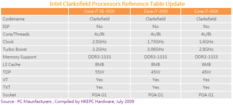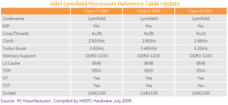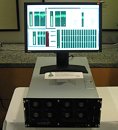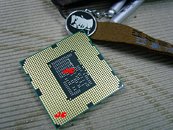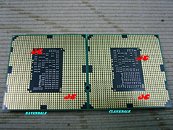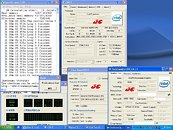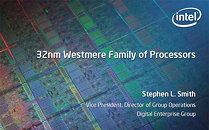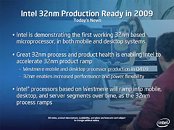
Intel Commences 32 nm Chip Production
Intel's foundries have commenced mass production of the company's first processors based on the 32 nm second generation high-K metal gate (HKMG) technologies. With these the company's next-generation Westmere architecture becomes retail-grade. The first products will include dual-core processors compatible with the recently introduced socket LGA-1156 platforms, and will carry the brand identifiers (and model number schemes) Core i5 600 series, Core i3 500 series, and Pentium dual-core series.
The desktop-grade parts are based on the "Clarkdale" core, and notebook-grade ones "Arrandale". The latter will be introduced first among the two, with the first Arrandale chips slated for Q4 2009, while the desktop chips arrive a little later in Q1 2010. Intel will focus on this transition to the Westmere architecture in the upcoming Intel Developer Forum event.
The desktop-grade parts are based on the "Clarkdale" core, and notebook-grade ones "Arrandale". The latter will be introduced first among the two, with the first Arrandale chips slated for Q4 2009, while the desktop chips arrive a little later in Q1 2010. Intel will focus on this transition to the Westmere architecture in the upcoming Intel Developer Forum event.
